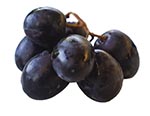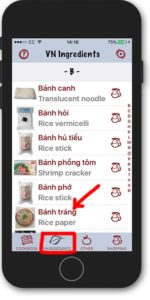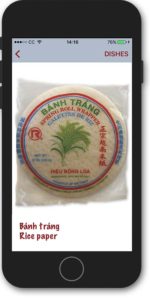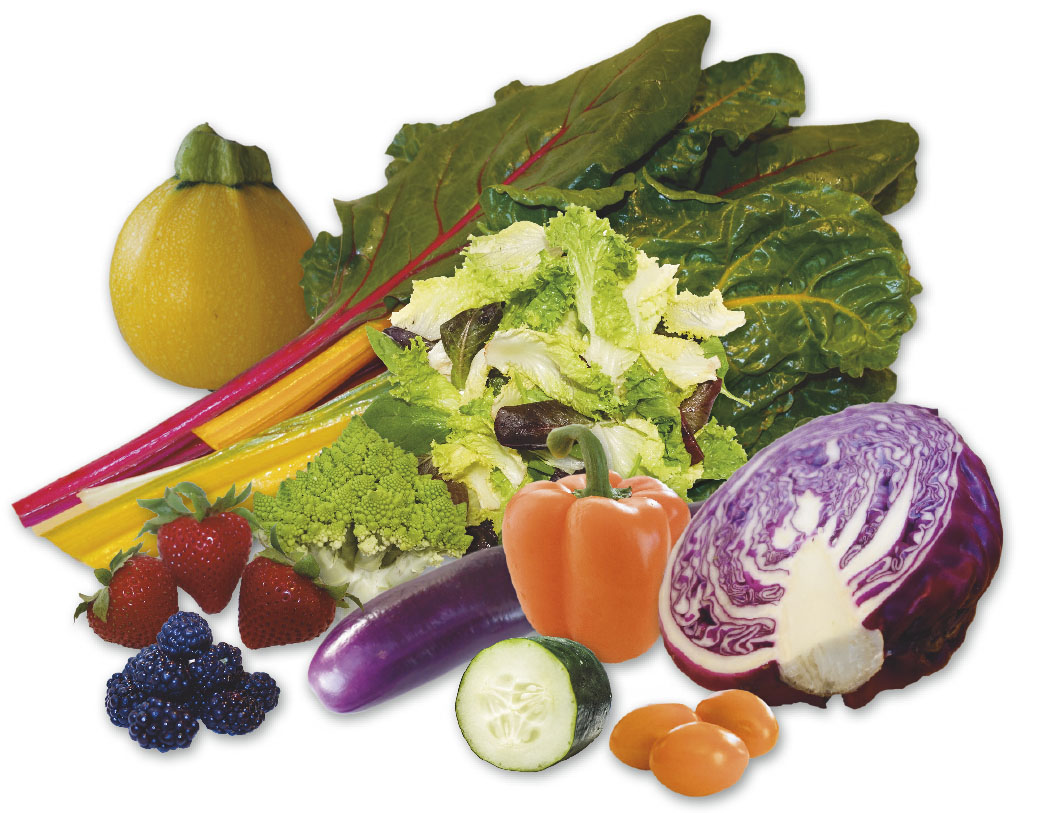Given the dauntingly vast quantity of indispensable nutrients, it is impossible, as of today, to offer an exhaustive list of recommended foods.
The body is an infinitely complex machine, the seat of countless interactions. Food operates as a whole, and when nutrients are isolated, they don’t work as well, or don’t work at all.
At this point of nutritional knowledge (or lack thereof), our best bet is to consume the widest possible variety of foods, while following three simple guidelines:
1. Seek colored, micronutrient-rich food
With some exceptions, micronutrients are richly colored. Let that be your guide: seek deeply, intensely colored ingredients.
 • Look for the blue-indigo to purple-red pigments, as found in berries, eggplants, radicchio, purple cabbage, bell pepper, red onion…
• Look for the blue-indigo to purple-red pigments, as found in berries, eggplants, radicchio, purple cabbage, bell pepper, red onion…
 • Find orange-red to yellow nutrients in carrots, tomatoes, pomegranates, berries, squashes…
• Find orange-red to yellow nutrients in carrots, tomatoes, pomegranates, berries, squashes…
• And all the shades in between! Train your artistic eye, and soon you’ll be able to distinguish subtle hue variations.
There are exceptions to the color rule. Most notable are:
• Cruciferous vegetables (such as cauliflower) are not very colorful; however, they contain an important class of micronutrients.
• The allium family (onions, shallots, garlic), which has many proven medicinal virtues, is not very colorful either.
2. Seek whole real food
This is food as produced by nature, food that is closest to:
Pulled from the ground,
Cut from the flesh,
Plucked from the plant.
 Look for fresh ingredients that received as little processing as possible: humans coevolved with this kind of nourishment for several hundred thousand years and have genetically adapted to it. On the evolutionary scale, agriculture is a very recent development!
Look for fresh ingredients that received as little processing as possible: humans coevolved with this kind of nourishment for several hundred thousand years and have genetically adapted to it. On the evolutionary scale, agriculture is a very recent development!
Industrial processing almost always lowers the nutritional value of ingredients and, willingly or not, introduces chemicals.
3. Seek healthy sources
Consuming foods that have been grown in contaminated soil or with chemical fertilizers and pesticides will lead to elevated amounts of dangerous substances in the body.
If buying organic food exclusively is neither practical nor affordable, keep in mind that foods have different capabilities to absorb chemicals, and that ingredients with concentrated nutrition also have the potential for concentrated contaminants.
 At special risk are:
At special risk are:
• Root vegetables (carrots, turnips, potatoes…)
• Fall berries (blueberries, raspberries, blackberries…)
• Eggs
• Dairy products
So, go the extra mile for these!
If you found this post interesting,
sign-up to be notified when there is a new post on our blog.












 • Look for the blue-indigo to purple-red pigments, as found in berries, eggplants, radicchio, purple cabbage, bell pepper, red onion…
• Look for the blue-indigo to purple-red pigments, as found in berries, eggplants, radicchio, purple cabbage, bell pepper, red onion… • Find orange-red to yellow nutrients in carrots, tomatoes, pomegranates, berries, squashes…
• Find orange-red to yellow nutrients in carrots, tomatoes, pomegranates, berries, squashes…
 Look for fresh ingredients that received as little processing as possible: humans coevolved with this kind of nourishment for several hundred thousand years and have genetically adapted to it. On the evolutionary scale, agriculture is a very recent development!
Look for fresh ingredients that received as little processing as possible: humans coevolved with this kind of nourishment for several hundred thousand years and have genetically adapted to it. On the evolutionary scale, agriculture is a very recent development! At special risk are:
At special risk are: